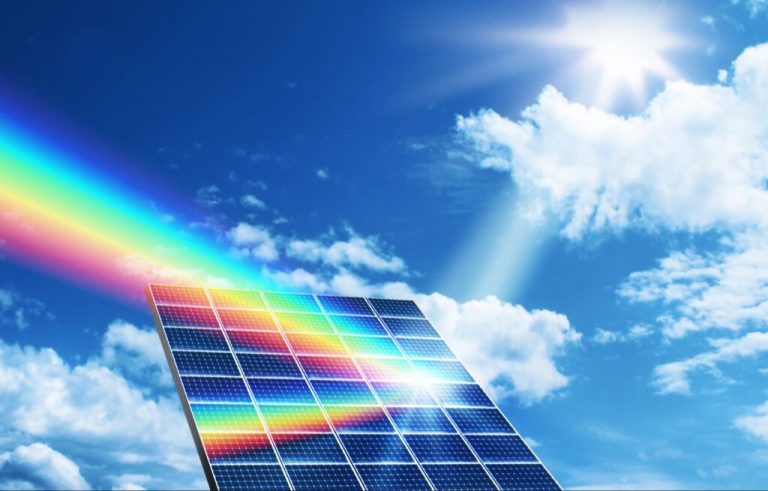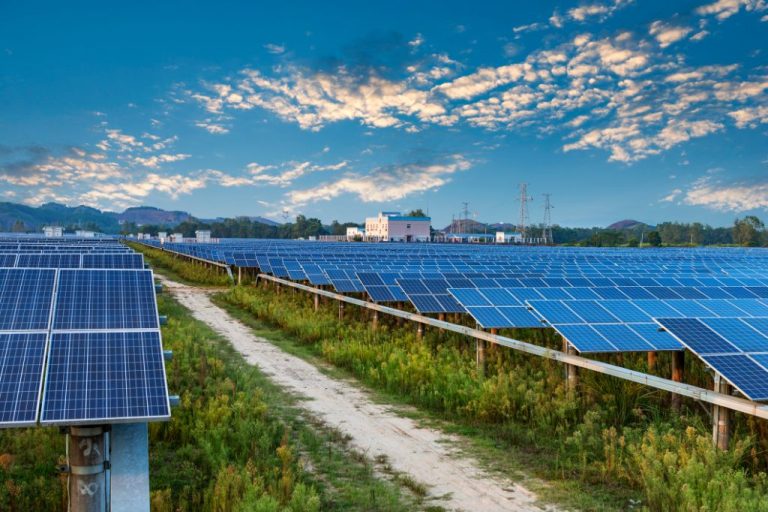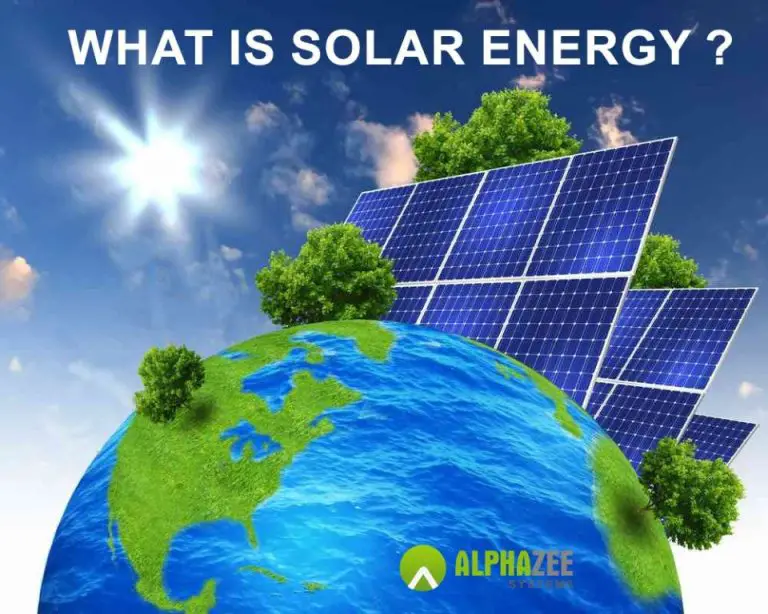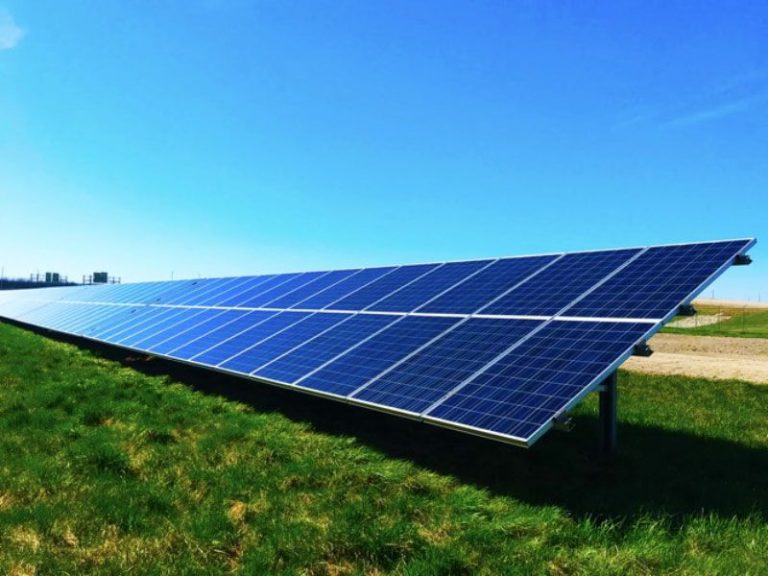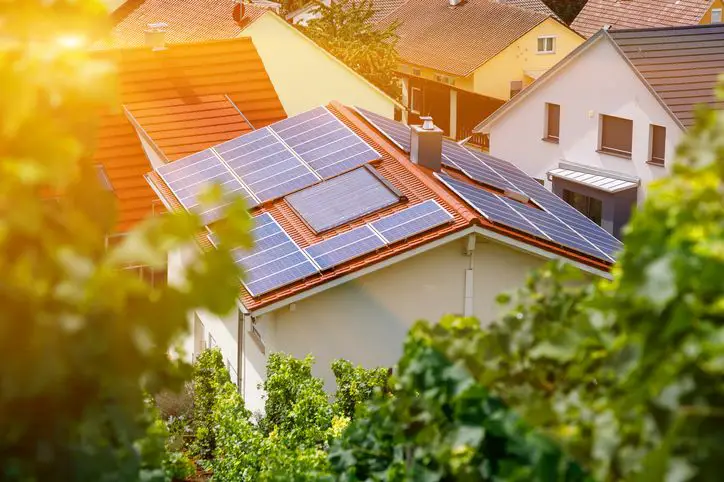How Much Solar By 2050?
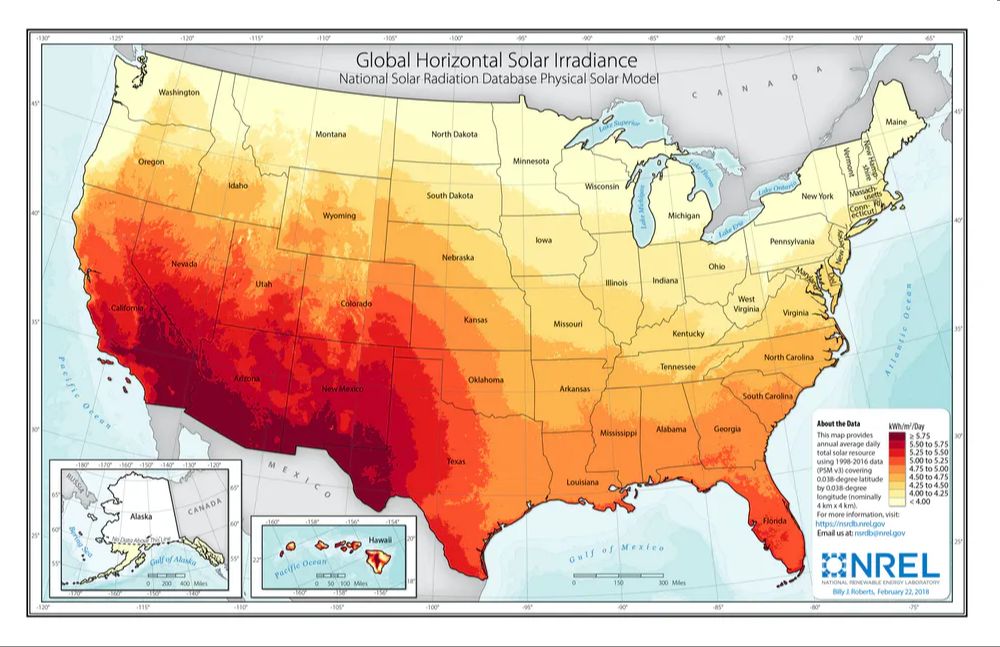
The amount of solar energy generation worldwide has increased exponentially over the past decade, going from 98 GW in 2009 to over 1 TW in 2022. As solar becomes more cost-competitive with fossil fuels, and as concerns about climate change grow, most analysts expect this rapid growth to continue. Looking towards the future, there is considerable debate around how much solar capacity will realistically be installed globally by 2050. With energy needs continuing to increase, especially in developing nations, determining realistic solar projections is crucial for planning the transition away from fossil fuels.
In this report, we will examine the latest solar capacity forecasts leading up to the year 2050. Understanding the growth trajectories published by authoritative organizations can help policymakers, businesses, and the public make informed decisions about investing in solar infrastructure and supporting decarbonization policies. We will analyze what’s driving optimistic solar scenarios as well as challenges that could impede growth. Regional outlooks will also be assessed. Ultimately, this report aims to synthesize expert projections on the future of solar energy over the next quarter century.
Current Status of Solar Energy
As of 2022, global installed solar photovoltaic capacity reached over 1,000 gigawatts (GW), up from just 40 GW in 2010 [1]. This represents exponential growth over the past decade. Solar supplied about 4% of global electricity demand in 2021 [2].
China leads the world with over 350 GW of installed solar capacity, accounting for over one-third of the global total [1]. Other major markets include the United States (over 130 GW), Japan (over 70 GW), Germany (over 60 GW), and India (over 60 GW) [1]. While solar still makes up a relatively small percentage of the overall energy mix in most countries, its share is rising rapidly. In the United States, solar generated about 4% of electricity in 2021, up from just 0.1% in 2010 [3].
Projections by Leading Organizations
The International Energy Agency (IEA), International Renewable Energy Agency (IRENA), and U.S. Energy Information Administration (EIA) have produced major reports with solar energy projections through 2050. While the projections vary, they point to significant growth in solar capacity over the coming decades.
The IEA’s Net Zero by 2050 report projects that solar PV capacity will reach over 8000 GW by 2050, accounting for nearly 30% of total electricity generation 1. IRENA’s Global Energy Transformation: A Roadmap to 2050 sees solar PV capacity reaching 8500 GW by 2050, making up 32% of generation 2. The EIA’s 2022 Annual Energy Outlook projects U.S. solar capacity will grow from 120 GW in 2020 to 550 GW in 2050
.
The projections differ due to varying assumptions around technology costs, policy support, and energy demand. IEA and IRENA use detailed energy system models to optimize the energy mix under climate goals and cost constraints. EIA relies on market modeling and policy/tech assumptions. However, all project major growth for solar due to improving economics and climate policy pressure.
Drivers of Growth
Falling prices of photovoltaic modules and components, along with advances in manufacturing, have allowed solar energy to become increasingly cost competitive with conventional energy sources. According to Amendment #6, the average price of a PV module dropped from $3.5/W in 2008 to under $0.75/W in 2014. These dramatic cost reductions are expected to continue as technology improves.
Supportive government policies have also been a key driver accelerating solar energy growth. Feed-in tariffs, tax credits, renewable portfolio standards and other mechanisms provide financial incentives and help establish markets for solar power generation. As cited in Analyzing the Influence of Solar Energy Policies on Distributed Generation Markets – Energy5, feed-in tariffs in particular have stimulated rapid PV deployment in countries like Germany, Italy and Spain.
Corporate renewable energy procurement has risen sharply, with businesses contracting for large-scale solar installations to power their operations. This is driven by solar energy’s economic viability as well as sustainability commitments. Advances in grid integration and management, as well as growth of community solar, also facilitate increased solar penetration.
Challenges to High Growth
The solar energy industry faces several challenges that could constrain its high growth projections. These include:
Policy and Regulatory Uncertainty
Changes in government policies like solar incentives and regulations create uncertainty for the industry (Dataforma). For example, the federal investment tax credit, which gives businesses and homeowners a tax credit for installing solar, is set to phase out over the next few years. This could dampen demand if not replaced with other supportive policies.
Cost Competitiveness
While solar costs have dropped dramatically, other energy sources like natural gas remain cheaper in some markets (SaveOnEnergy). Continued innovation to drive down costs will be needed for solar to outcompete conventional sources.
Intermittency and Grid Management
The variability of solar power creates challenges for grid management as conventional plants balance the load (Fuergy). Energy storage and transmission infrastructure upgrades can help overcome this barrier.
Supply Chain Constraints
Shortages of materials like polysilicon and supply chain disruptions pose potential constraints on rapid solar growth and meeting demand (SaveOnEnergy). Expanding manufacturing capacity will be important.
Role of Energy Storage
Energy storage plays a crucial role in enabling higher penetration of solar power onto the grid. As solar generates intermittent power dependent on weather and time of day, pairing storage with solar allows captured energy to be dispatched when needed most. According to the National Renewable Energy Laboratory, combining solar, storage and net metering creates a “solar trifecta” that maximizes self-consumption of renewable energy.
Advances in battery storage technologies, like lithium-ion batteries, are making solar + storage systems more viable. Battery costs have declined nearly 90% in the last decade, and continued improvements in energy density and cycle life will further reduce costs and expand use cases. According to LG Chem, pairing 4 hours of energy storage with solar can provide backup power capabilities and increase self-consumption to over 90%.
In addition to batteries, other large-scale energy storage options like pumped hydro and compressed air can help overcome intermittency issues and store excess solar energy. Pumped hydro currently represents 95% of U.S. utility-scale energy storage, and capacity is expected to grow. Overall, greater deployment of energy storage will be key for solar to reach higher penetration levels on the grid.
Outlook by Country/Region
Solar energy capacity is expected to expand rapidly in key markets like China, the United States, Europe and India due to favorable policies, declining costs and the need to combat climate change.
China currently leads the world in total installed solar capacity and is projected to maintain its dominance through 2050. Favorable policies like feed-in tariffs, power purchase agreements, and renewable portfolio standards have enabled China’s solar boom. The country added over 50GW of solar in 2020 alone and aims to reach 1,200 GW of total capacity by 2050 (Mdpi).
The United States is the second largest market for solar energy. Improving economics, state-level policies and tax incentives have driven growth so far. The solar market is expected to expand in the coming decades as more states implement Renewable Portfolio Standards. The Biden administration has also set a goal for the U.S. to reach 100% clean electricity by 2035 (LinkedIn).
Europe currently accounts for over 25% of global solar PV capacity. Markets like Germany, Italy and Spain led early growth, but other countries are expected to drive future expansion. The EU aims to reach up to 45% renewable energy by 2030 as part of the European Green Deal.
India’s solar capacity grew over 18 times between 2014 and 2020. Government auctions, policies favoring renewables and falling costs are projected to enable continued strong growth in the coming decades (ResearchGate). India aims to reach 275 GW of solar capacity by 2027 as part of its climate commitments.
Impact on Global Climate Goals
The potential for solar energy to reduce CO2 emissions from electricity generation is significant. According to research from MIT, rapid growth of solar power combined with energy efficiency improvements could prevent up to 6.5 billion tons of CO2 emissions globally by 2050 (MIT studies impact of solar energy on emissions reductions). This represents the avoidance of one-quarter to one-third of all projected energy-related CO2 emissions. Solar PV and solar thermal technologies can play a major role in reducing emissions from electricity production as countries transition to renewable energy.
To reach global climate goals and limit warming to 1.5°C or 2°C above pre-industrial levels, most climate scenarios depend on solar energy expanding dramatically. Under many net zero emissions scenarios, solar could supply 20-50% of global electricity by 2050. With continued cost reductions and efficiency improvements, solar energy will be critical for replacing fossil fuel generation, electrifying sectors like transportation and heating, and enabling the transition to a decarbonized energy system.
Future Technologies
Emerging solar technologies like perovskite PV and solar thermophotovoltaics (STPV) show great promise for further advancing solar energy. Perovskite PV uses inexpensive materials and simple manufacturing techniques, yet can reach solar conversion efficiencies over 25% (1). STPV systems can potentially reach efficiencies above 50% by using the heat from concentrated sunlight to emit light tuned to the optimal wavelengths for PV electricity generation (2).
Continued investment in solar R&D will be critical for developing these and other innovative technologies. The U.S. Department of Energy has set goals for solar to reach 3¢/kWh for utility-scale systems and 5¢/kWh for commercial rooftop systems by 2030, which will require continued improvements in solar cell efficiency, manufacturing, installation, and more. Both public and private sector spending on solar R&D has risen substantially in recent years and will need to be sustained going forward to enable the kinds of technological breakthroughs that can dramatically lower costs and improve performance (1).
(1) https://www.azonano.com/news.aspx?newsID=38267
(2) https://17maalspodden.transistor.fm/episodes/future-solar-energy-technologies-explained-by-phd-students-in-lab
Conclusion
Based on the projections and analysis reviewed, there is tremendous potential for growth in solar energy deployment through 2050. Leading agencies estimate solar could supply 20-50% of global electricity by mid-century, up from only a few percent today. This will require solar generation to increase by 10-30 times current levels.
However, the actual adoption of solar by 2050 is highly uncertain and contingent on several key factors. Continued cost reductions and efficiency improvements in solar technology will be critical to maintain the rapid growth trajectory. Supportive government policies like clean energy mandates, carbon pricing, and financial incentives will help drive further investment and demand. The flexibility of the electricity grid and storage technology advancements will determine how much intermittent solar energy can be integrated.
Overall, realizing the high-end projections for solar expansion by 2050 is achievable but will require strong political commitment, policy support, technological innovation and massive capital investment in clean energy infrastructure globally. With determined action, solar can become one of the leading forms of electricity by mid-century and significantly reduce fossil fuel dependence worldwide.

